|
Dear Friends, Long after people die, the buildings where they made their lives often remain. Many visitors to the museum follow the footsteps of a family member who came to Saranac Lake with tuberculosis. Often the only trace that remains is the address of a cure cottage and a porch where their relative once took the fresh air. Places anchor the past. Together with our partners at Adirondack Architectural Heritage, we work to document the places that anchor the history of the Saranac Lake region — from cure cottages to churches to great camps — these structures stand as lasting memorials to the humans who built and cared for them over generations. About 40 years ago, one of Historic Saranac Lake’s first projects was to do a survey of the cure cottages of Saranac Lake. The primary feature of a cure cottage is a cure porch, and so volunteers counted up the number of buildings that had evidence of cure porches. They identified over 700 structures! Over the seventy years that Saranac Lake prospered as a tuberculosis health resort, cure porches were built as part of the design of new cure cottages, and they were added on to existing buildings. Our porches exist in many sizes and forms, upstairs and downstairs, on the grandest of sanatoria like Prescott House, and the most modest home, renting to one patient for extra income. The porch was the key feature of the Saranac Lake treatment — a place where a patient could sit out — and preferably sleep out — to benefit from the fresh air. They were places where sick people who had been banished from society could find community with other patients and with the outside world. Porches are places where private life and public life safely mingle. Today, as we navigate the solitude of quarantine times, even avowed introverts notice the value of social contact. A porch is a good place to find a balance between private and public life, if just by providing a spot for a casual wave at passers-by. Porches also contain stories from the past. As I drive past one cure cottage on Lake Flower, I often think of a remarkable man who died nearby over 100 years ago. The house at 245 Lake Flower, along with a neighboring cure cottage, no longer standing, catered to African American patients and boarders. One of those health seekers, Hunter C. Haynes, was born in Alabama, two years after the end of the civil war, to parents who had lived in slavery. In his lifetime he worked as a barber, inventor, manufacturer, entrepreneur, and motion picture producer and director. He invented the Haynes Razor Strop and developed the product into an international business. He died of TB at the age of 51 in Saranac Lake on January 1, 1918. The glassed-in porches of 245 Lake Flower stand today as a quiet memorial to Hunter Haynes and other African American patients whose stories have gone unrecorded. Across the lake is a house that reminds me of another story. Back in 2003, Howard Riley interviewed Olive Lascore Gardiner, who lived at 56 Riverside Drive (now 135 Kiwassa.) It is a nice old house on the water with a big wrap-around porch. Olive’s father was a carpenter, and he carefully built the house for his family of six daughters. Olive, the youngest child in the family, remembered the night the house was completed in the winter of 1923. She and her mother walked across the ice on Lake Flower to the new house, carrying a Bible and a freshly baked loaf of bread. Olive’s mother placed the bread and the Bible in the attic rafters and said, “This house will never be without faith or bread.” Olive Gardiner lived in the house her whole life, and she died one year after telling Howard that story. The house, still standing, reminds us of Olive’s story, and Olive’s story brings the house to life. Be well, Amy Catania Executive Director Historic Saranac Lake Images - Priscilla Bergren and Louis Mackay. Courtesy of Priscilla Mackay Goss - Hunter C. Haynes advertisement - 245 Lake Flower Avenue (Ramsey Cottage, formerly 24 Lake Flower) - Olive Gardiner yearbook entry - 135 Kiwassa Avenue (formerly 56 Riverside Drive)
1 Comment
Mato Ray
3/28/2022 08:33:35 am
Reply
Your comment will be posted after it is approved.
Leave a Reply. |
About us
Stay up to date on all the news and happenings from Historic Saranac Lake at the Saranac Laboratory Museum! Archives
August 2022
Categories
All
|
Historic Saranac Lake at the Saranac Laboratory Museum
89 Church Street, Suite 2, Saranac Lake, New York 12983
(518) 891-4606 - [email protected]
89 Church Street, Suite 2, Saranac Lake, New York 12983
(518) 891-4606 - [email protected]

Historic Saranac Lake is funded in part by the New York State Council on the Arts with the support of the Office of the Governor and the New York State Legislature,
and an Essex County Arts Council Cultural Assistance Program Grant supported by the Essex County Board of Supervisors.
and an Essex County Arts Council Cultural Assistance Program Grant supported by the Essex County Board of Supervisors.
© 2023 Historic Saranac Lake. All Rights Reserved. Historic photographs from Historic Saranac Lake Collection, unless otherwise noted. Copy and reuse restrictions apply.
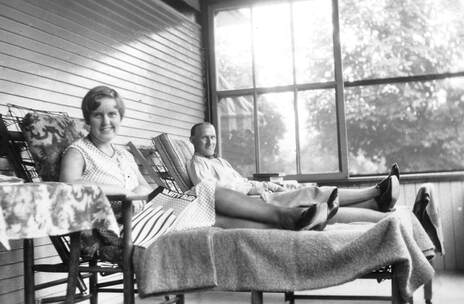
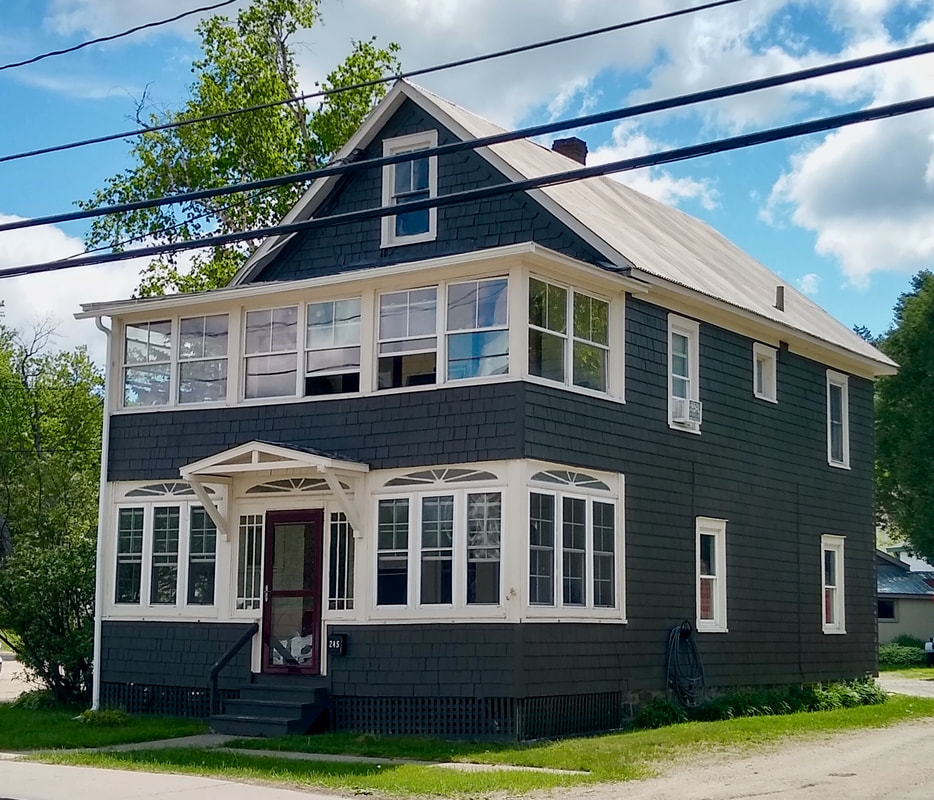
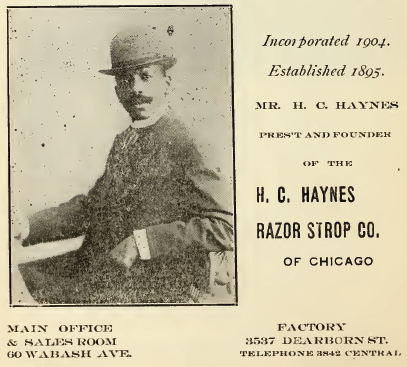
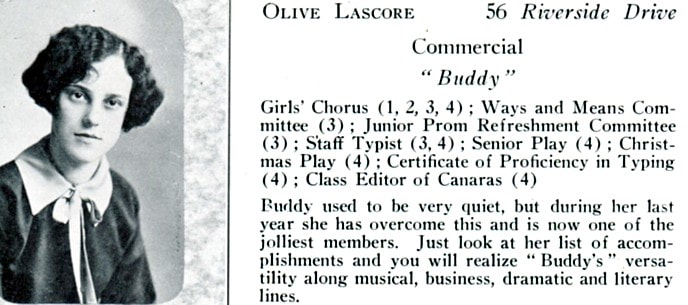
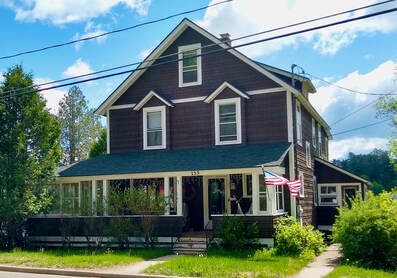
 RSS Feed
RSS Feed